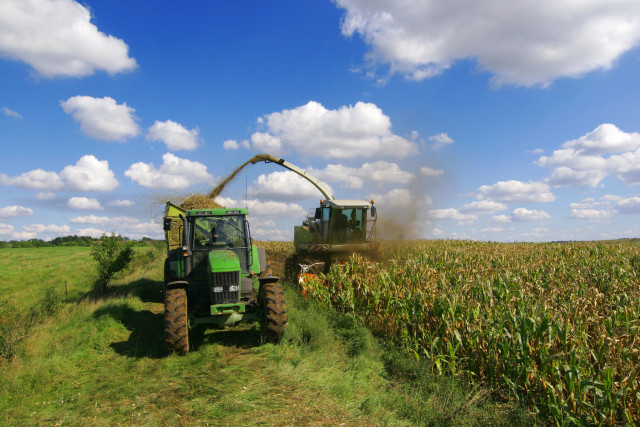
Captives and Agribusiness
Two industries not typically associated with innovation are insurance and agriculture. Today, it’s an inaccurate perception. Agriculture is perhaps the world’s original story of innovation. For millennia, agriculture’s history has been one of resourcefulness, and finding ways to grow food through every form of peril, from pests to drought. The modern agricultural industry, agribusiness, has continued that story of innovation with new products and novel approaches that save water, reduce crop disease and increase crop yields. Farmers are even relying on technological advancements like drones, robots and gene editing in their operations.
For its part, the insurance industry also has a legacy of innovation, especially in the area of safety. Recent and highly visible illustrations are technological innovations, such as telematics and driver assistance technologies, that have fundamentally transformed auto protection and liability.
Captive insurance should also be considered an insurance industry innovation. Although its roots may stretch back centuries, captive insurance has only truly come into prominence in the last 30 years. Throughout its growth, captive insurance has demonstrated all the hallmarks of innovation and proven its utility, agility and effectiveness for a wide variety of companies, industries and types of coverages. One of those industries has been agribusiness.
Generally, farms face crop- and operations-related risks and associated losses. Typical coverage includes multi-peril crop insurance, which covers disease, storms, drought, etc. Other agribusiness coverages include auto and general liability. But, largely, the history of insurance for farmers in the US has been focused on mitigating crop risk.
For many years, American farmers struggled with insurance accessibility and affordability. Help for farmers first appeared with the Federal Crop Insurance Act, passed by the federal government in 1938, which established the Federal Crop Insurance Program. Still, for decades, the risks and losses associated with farming limited the number of farmers who could afford or take advantage of available insurance programs.
Over the years, a series of revisions and reforms to federal crop insurance programs combined with commercial insurance helped to increase farmer access and participation.
Captives into the breach
But gaps in coverages remained. Risks persisted and in some cases, expanded. Organic farming has brought magnified risks related to overspray, when organic fields are accidentally polluted by traditional pesticides and insecticides used by adjacent, traditionally farmed fields. As with other industries, farmers have looked to captives to save costs, mitigate risks and protect their business. For those reasons, captives have become a powerful option for agribusiness and farmers. They have helped farmers manage risk, manage commercial prices and generally, exert greater control over costs.
But one of the ongoing values of captive insurance is its ability to innovate. Captives have also proven their value to cover new crops, emerging areas of farming operations and helping to close gaps in related coverages.
There are more and more coverages tailored to very specific farming operations, for example. These coverages are for genetically modified crops, horse shows, livestock market payments, animal mortality, hull coverage for crop dusters, spoilage, and even porcine or avian influenza.
In addition, captives can be useful in emerging farming areas. Hemp and cannabis farming operations have expressed a lot of interest in captives since they can have even greater insurance coverage gaps than traditional farms.
Captives will be an increasingly common insurance funding option for agribusiness as it innovates. Captives may also mitigate new challenges including economic effects of trade disputes or losses associated with climate change. Farming is a capital-intensive business with often small yields. Margins can be tight and costs great. Captives can offer farmers another way to protect the viability and profitability of their business.



